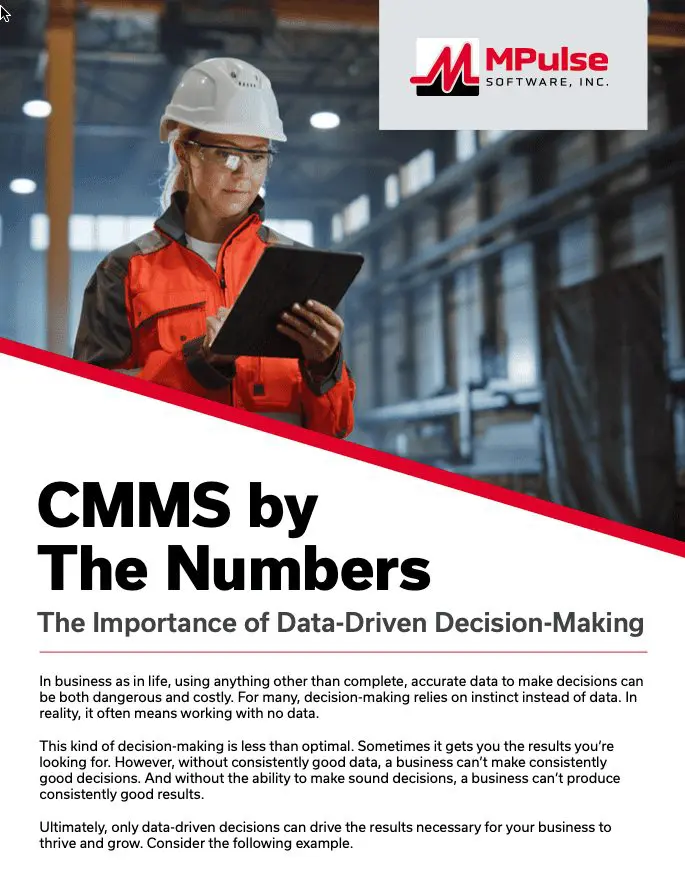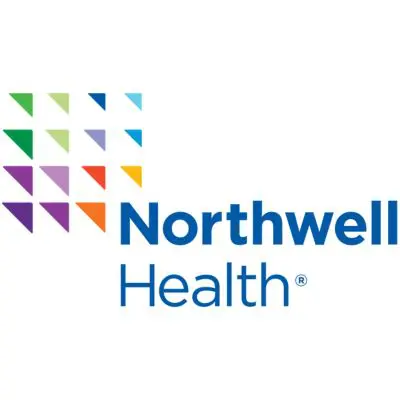The Importance of Data-Driven Decision-Making
In business as in life, using anything other than complete, accurate data to make decisions can be both dangerous and costly. For many, decision-making relies on instinct instead of data. In reality, it often means working with no data.
This kind of decision-making is less than optimal. Sometimes it gets you the results you’re looking for. However, without consistently good data, a business can’t make consistently good decisions. And without the ability to make sound decisions, a business can’t produce consistently good results.
Ultimately, only data-driven decisions can drive the results necessary for your business to thrive and grow. Consider the following example.
A Man Walks into a Bar…
…or rather, an employee, Dave, walks into the cold storage area of Sam’s Saloon, and he thinks, “I can save the bar some money by upgrading the old store room refrigeration condenser.”
Based on the energy rating of the system’s compressor, it’s supposed to keep the storage area cooled for about $400 per month. Dave knows the condenser is getting old, though, very likely leaking, and probably not living up to its original performance potential.
How can he make the case to Sam that the bar’s wasting money unnecessarily, so he can buy a new condenser? If the purchase is approved, how will he prove to Sam that the investment’s paying off?
Dave could take two routes to prove his point:
The assumption route: Dave tells Sam, “I can save you lots of money,” but doesn’t say exactly how much. The new condenser (hopefully) gets approved and purchased, and through observation, Dave proclaims, “Seems better to me!”
Might sound crazy, but this is often how maintenance decisions are made—usually because people don’t think they can measure results, or don’t understand how.
The data-driven route: Dave installs a meter to monitor and measure energy consumption by the system. He discovers it’s actually costing $600 a month—$200 more than it should. He can now clearly back up his claim with numbers and get his purchase request approved.
With a new condenser installed and energy usage back to what it should be, Dave is generating $200 per month in savings. That’ll pay for the new $1,000 condenser in five months, and add $200 to Sam’s bottom line every month thereafter.
But the benefits don’t end there. Dave can continue to monitor usage from now on. If it climbs back above $400, he can quickly fix the problem and avoid future waste.
Having hard numbers not only helps you run your business, it allows you to measure (and use) a whole host of key performance indicators. It provides you the ability to say, for example, “We were 12,000 kilowatthours over our mean monthly energy consumption” instead of “Boy, looks like we used lots of energy this month.”
With solid metrics, you can accurately assess the cost-effectiveness of any new equipment installations or facilities improvements.
Easy (and Accurate) as One, Two, Three
Sam’s Saloon provides a simplified example, but the power of good data increases exponentially if you’re using a CMMS.
A modern CMMS solution will allow you to collect and report on data across your entire asset inventory, providing numerous measures to help you make better decisions and answer business-critical questions. And many contemporary CMMS solutions allow you to connect to meters and gauges directly, eliminating the need for meter readings and manual data entry.
Even simple measures from work order records can provide powerful data. Consider another example. You might wonder, “How much am I spending on maintenance for each of my work order types?”
This type of report can be easily generated from a CMMS. At a glance, you’ll know exactly how much money each work order type is costing your business in maintenance for a specified timeframe (in the example provided, a year), and certain questions can be quickly answered…
- What type of maintenance do I spend the most on?
- How does the cost of preventive maintenance compare to repair costs?
- If I run this report for a different time period, like last year, are there significant changes by category?
Beyond general questions, you can formulate precise questions that’ll lead to a more informed decision-making process…
- Why are my machining maintenance costs so high?
- What new equipment needs to be purchased, if any?
- How much will the new equipment cost compared to the current maintenance expense?
- Will I save money over time by purchasing new equipment? How much?
A CMMS gives you accurate, complete data, and this data can be applied directly to purchasing or other important organizational decisions.
Moving Beyond Assumptions
Decisions based on assumptions can work, but they aren’t the best route to take for certain improvement. Don’t rely on intuiting the right answers for your critical business decisions. Begin to ask yourself whether it’s possible to support your decisions with numbers. Then identify opportunities where these numbers can inform your decision-making process.
Finally, consider implementing a modern CMMS to help you gather complete and accurate data. You’ll quickly see the results in the most important place of all—your bottom line.
To learn more about data-driven maintenance and some of the powerful, affordable tools that make it easy, contact MPulse Software today for a free demo.








